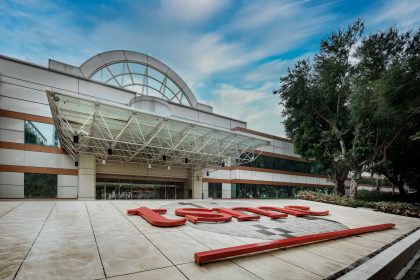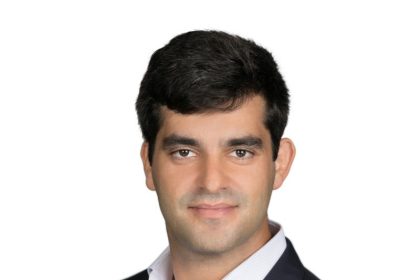Pandemic Created Learning Opportunities for Apprenticeship Programs

Apprenticeship programs across the globe felt the challenges brought on by the pandemic, but panelists today echoed optimism that the lessons learned will leave a better system for apprenticeships than their pre-pandemic versions.
“Untapped talent is everywhere,” and as the world continues to rush to its digital transformation, “technological employability skills are required in a few months versus a few years,” said Chun Lu, director of Microsoft’s apprenticeship programs, during an Urban Institute event discussing the lessons learned in national programs across the U.S. and Germany.
And the need to tap this talent is very much still in high demand across industries, said Bruce Noble, regional director of employer engagement for the energy construction and utilities sector in the California Community College’s Chancellor’s Office. Nevertheless, he pointed to a notable difference between the earn-and-learn work-based apprenticeship programs and the academic-based training programs. Despite similar challenges in terms of navigating through these programs while juggling life’s basic needs, like childcare and monetary issues, the industry-based apprenticeships have shown more “agility and innovation.”
The pandemic only accelerated the innovative ways these programs look to support their apprentices by ensuring their digital well-being, even taking into account their mental health, Lu said.
Lu is also the co-founder of the Microsoft Leap Apprenticeship Program, which seeks to recruit talent to train or upskill “unconventional talent from all walks of life” into the high-demand, dynamic tech industry.
One thing to note that has come through the pandemic is an uptick in reported situations of emotional distress, Noble said. But on the flip side, the pandemic has created a culture change in the management and leadership of these programs “manifested by an external change to the environment.”
“Before they were more judgmental,” he explained. “Now they’re more conciliatory and trying to help.”
Apprenticeships by nature are oftentimes compressed into four- to six-month programs that present a very short period of time for a lot of learning, she explained. Coupling that with the social-economic challenges across the world and varying COVID-19 virtual-readiness responses, like lack of internet or connectivity issues, she said, people managing these programs have had to “truly think very creatively.” So, to cater to different needs — from lack of digital connectivity to missing out on the benefits of in-person relationships — Lu said those in leadership positions have had more to do than just think outside the box.
“What if there is no box?” she asked, pointing to Microsoft’s implementation of a biweekly meeting where all apprentices come together with mental health and mindfulness experts. They’ve also incorporated smaller daily check-ins with “digital handshakes” and “virtual kudos” for achieved milestones or birthdays.
In Germany, in navigating the pandemic, they have also had to relearn “what it means to be flexible,” said Stefan Dietl, global head of vocational education at Festo, and come up with new ways to train people, create new content and keep an open mind to new technology in order to quickly adapt.
And in this, they have also had to “innovate the mindset,” he said, by tapping into creative ways to take care of their apprentices remotely. For example, Festo launched a competition for apprentices to create a funny video depicting a successfully managed home office with a prize of five kilograms of chocolate for the winners.
Despite the challenges presented by the pandemic, she said, it has also presented an opportunity to erase pre-established boundaries to be able to adapt quickly and “think differently about the way we do social learning.”
The pandemic has accelerated the ability of these programs to create “a global virtual platform [without] physical boundaries,” she explained, “where apprentices can really huddle together to be together, to connect together and to grow together.”
Victoria can be reached at [email protected]
























